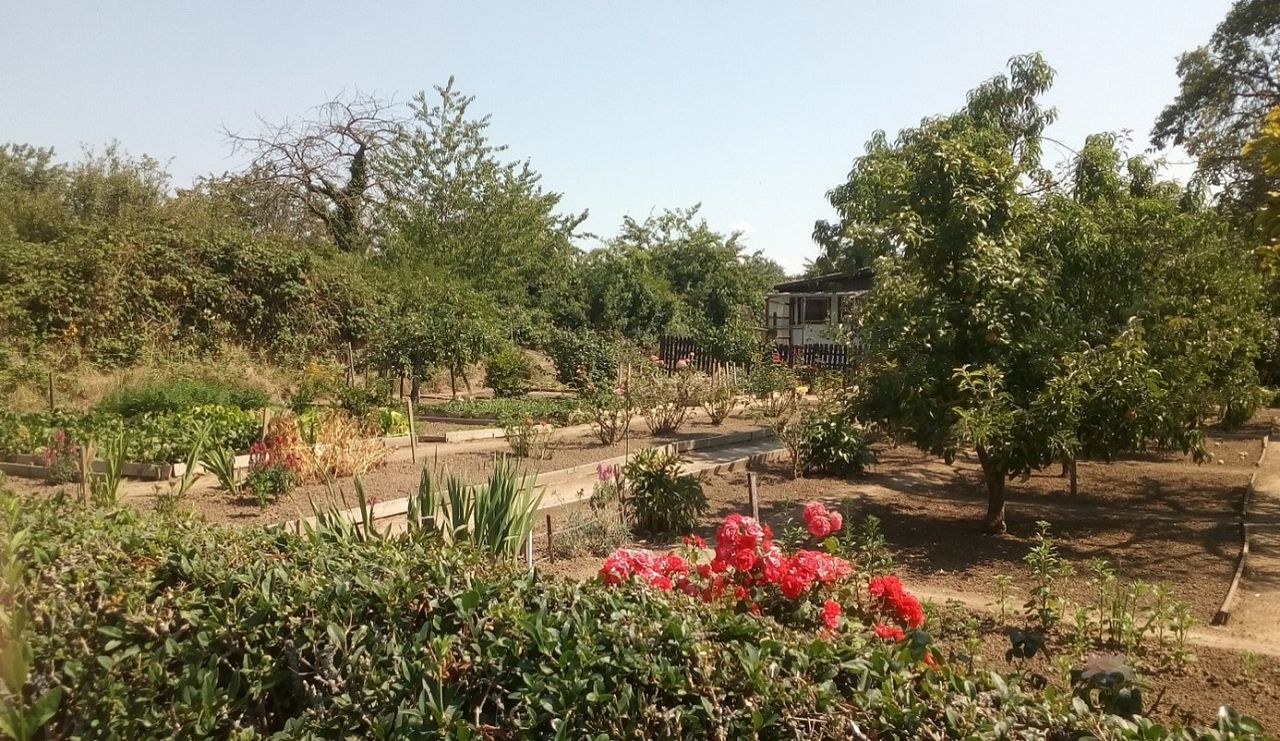Topics
- Green infrastructure and nature-based solutions
- Ecosystem services
- Climate protection, climate adaptation and natural risks
- Internalisation of environmental costs
- Sustainable management of biotic and abiotic resources
Current Projects
InterGrad-EGD
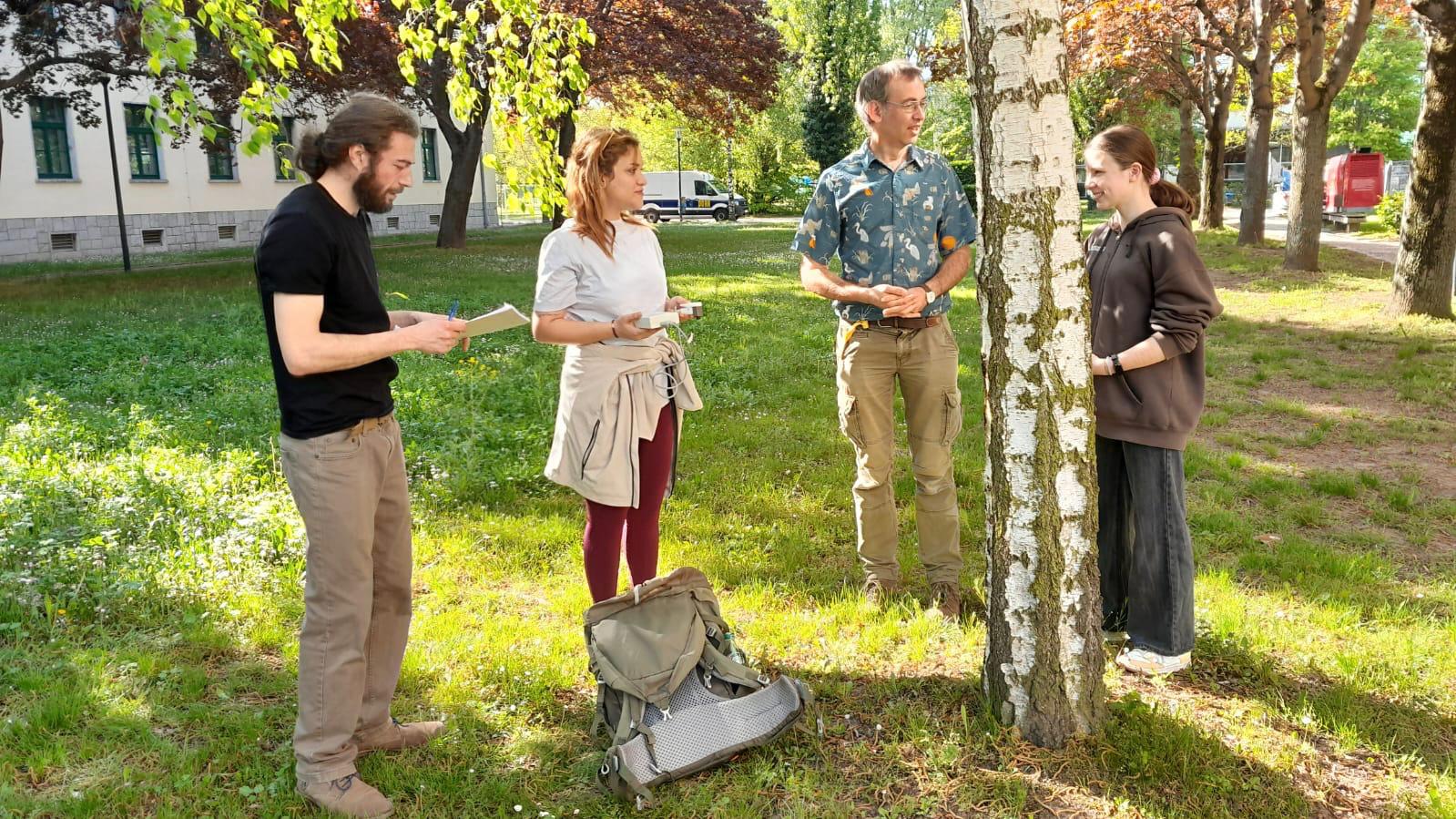 Since 2024, four universities of applied sciences in Saxony-Anhalt have been working together on the InterGrad-EGD project to establish a joint international graduate academy that offers young doctoral researchers three years of structured support and international networking on topics related to the European Green Deal, in particular digitalisation, sustainable processes and sustainable society.
Since 2024, four universities of applied sciences in Saxony-Anhalt have been working together on the InterGrad-EGD project to establish a joint international graduate academy that offers young doctoral researchers three years of structured support and international networking on topics related to the European Green Deal, in particular digitalisation, sustainable processes and sustainable society.
Our working group, together with BOKU in Vienna, is supervising one of these doctoral positions and is focusing on the following research questions: How do the current status, planning approaches and implementation mechanisms of urban green infrastructure differ in various cities in the European Union, particularly in Magdeburg and Vienna? What impact do urban green infrastructures have on urban and spatial planning, socio-economic aspects, the urban climate and public health?
KAT-Network
KAT is a network of four universities of applied sciences in Saxony-Anhalt that aims to strengthen knowledge transfer between research and industry. In the new KAT research cluster, various teams are working on an interdisciplinary basis to develop sustainable solutions for climate neutrality and climate resilience. The engineering ecology working group is contributing practical approaches for climate-resilient, green cities. (2024 - 2027)
How can nature-based, green and blue infrastructures help to make cities more climate-resilient and liveable? What innovative methods and digital tools enable the effective planning, evaluation and implementation of climate-adapted urban living spaces?
Climate Protection Management at the University of Applied Sciences Magdeburg-Stendal
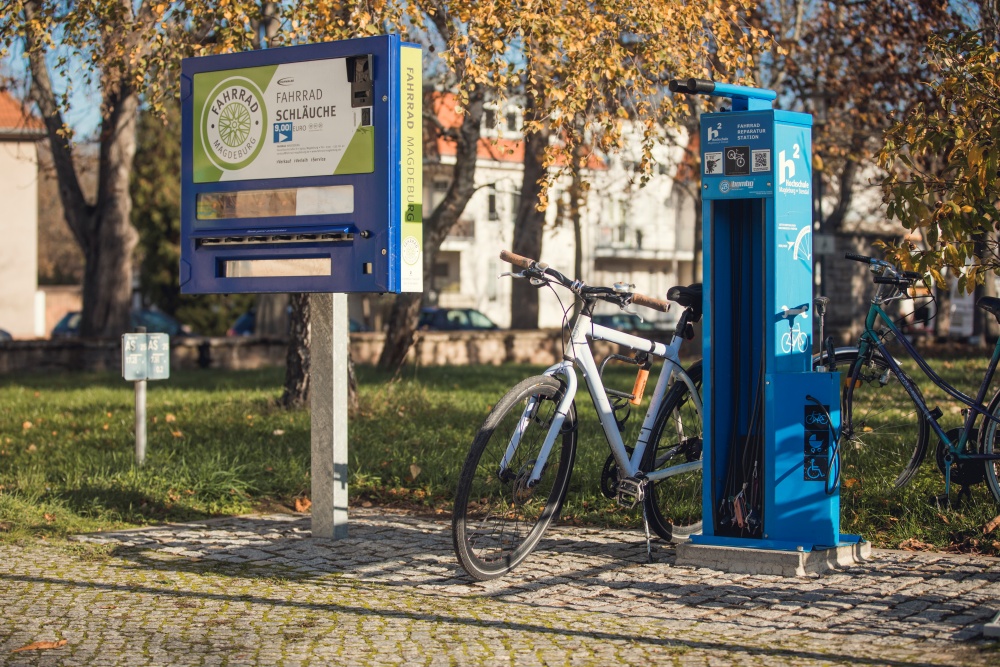 (2020-2023, and follow-up project 2023 - 2026)
(2020-2023, and follow-up project 2023 - 2026)
How can emissions be neutralised in the area of energy and mobility by 2030 and in all university operations by 2050 at the latest?
RENO-TITAN
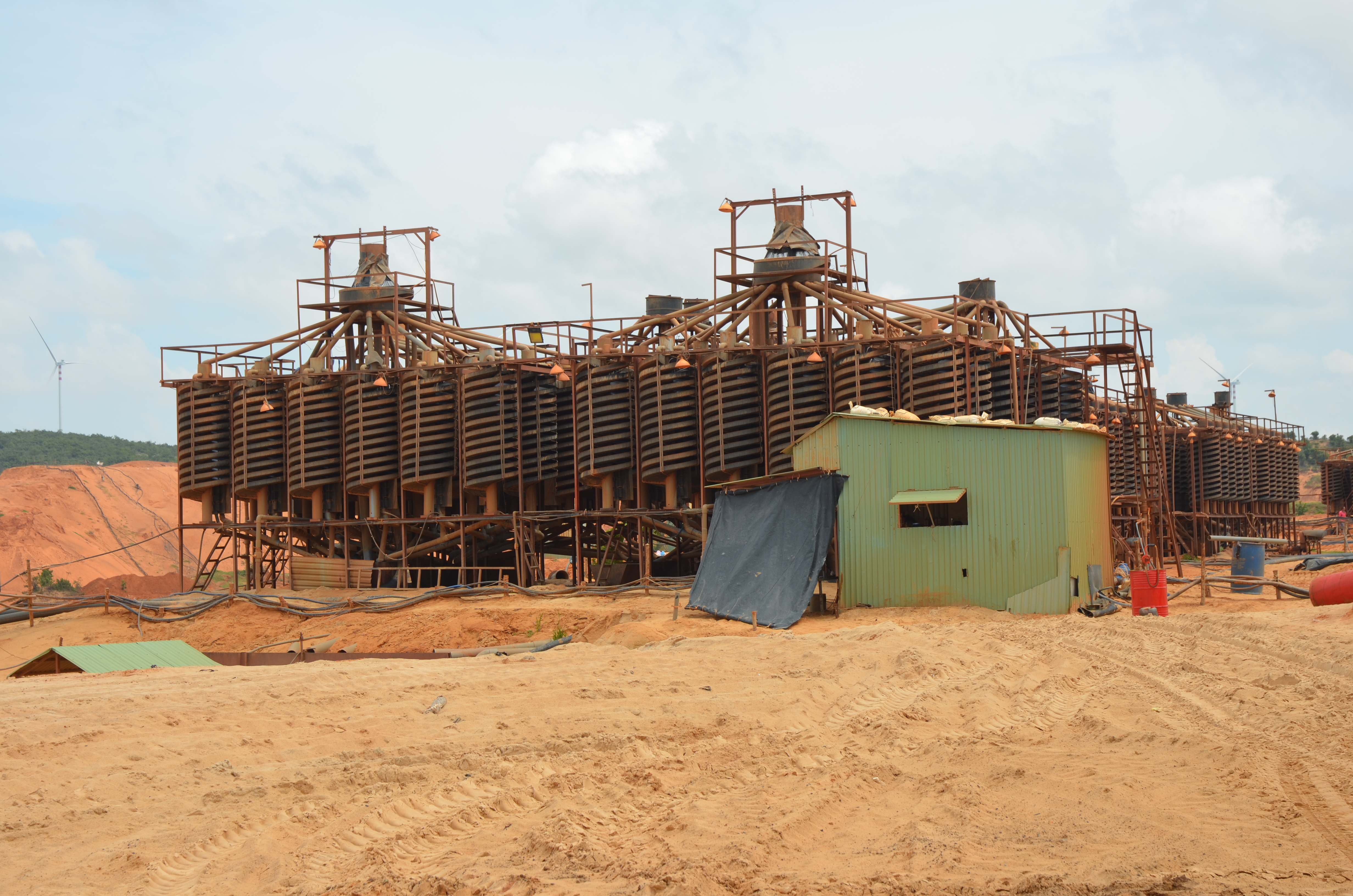
How can radioactive mining residues from the titanium industry in Vietnam be safely used, along with the associated sustainable management of resources, land and water, including coastal protection?
Input-Oriented Cap and Trade (IOCT)
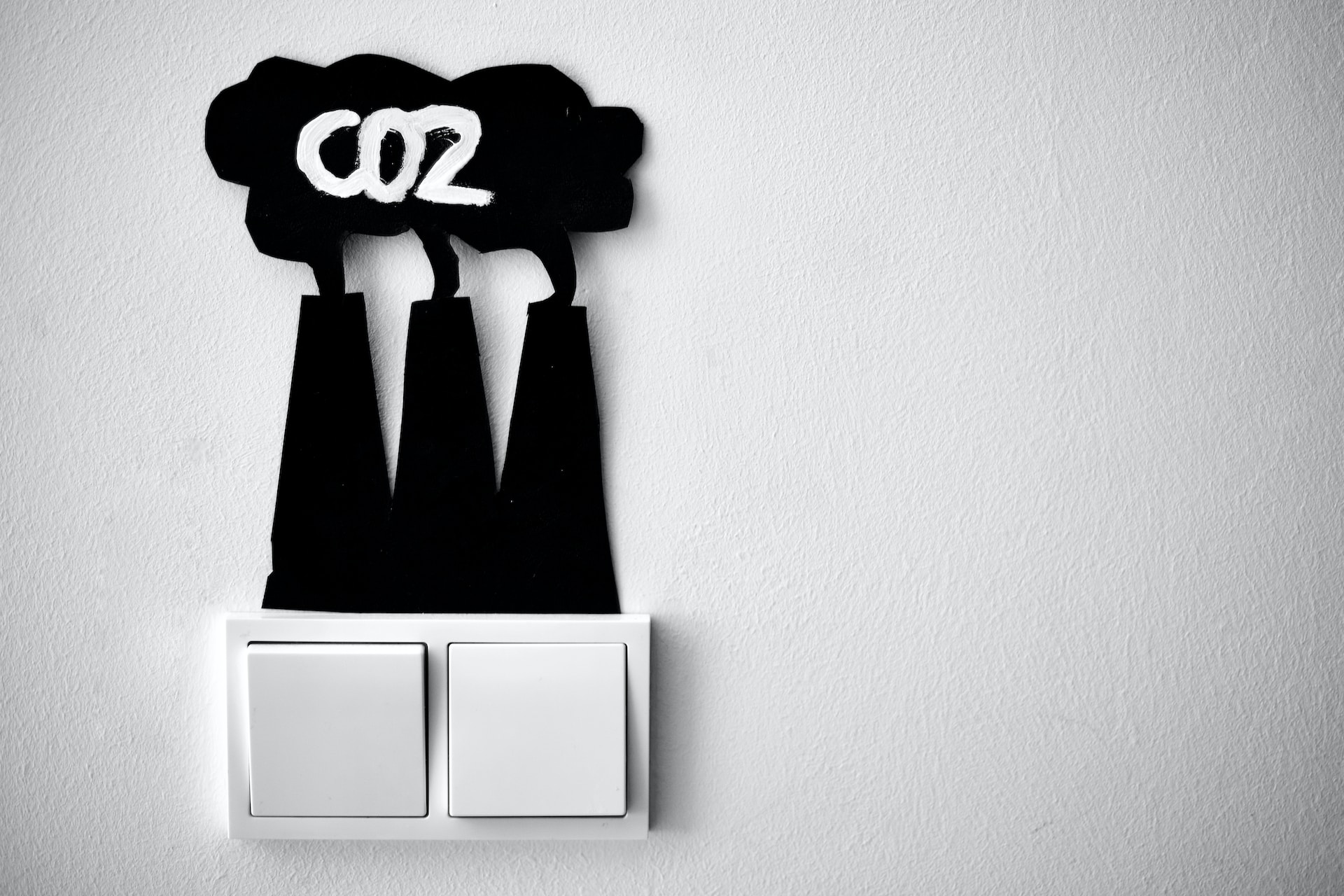 Supply-side certificate trading for fuel extraction (since 2021)
Supply-side certificate trading for fuel extraction (since 2021)
What are the advantages of IOCT compared to output-oriented emissions trading systems such as the EU Emissions Trading Scheme (ETS) and what are the key aspects to be considered for implementation?
International Collaboration for Sustainable Fisheries and Environmental Management in Bangladesh
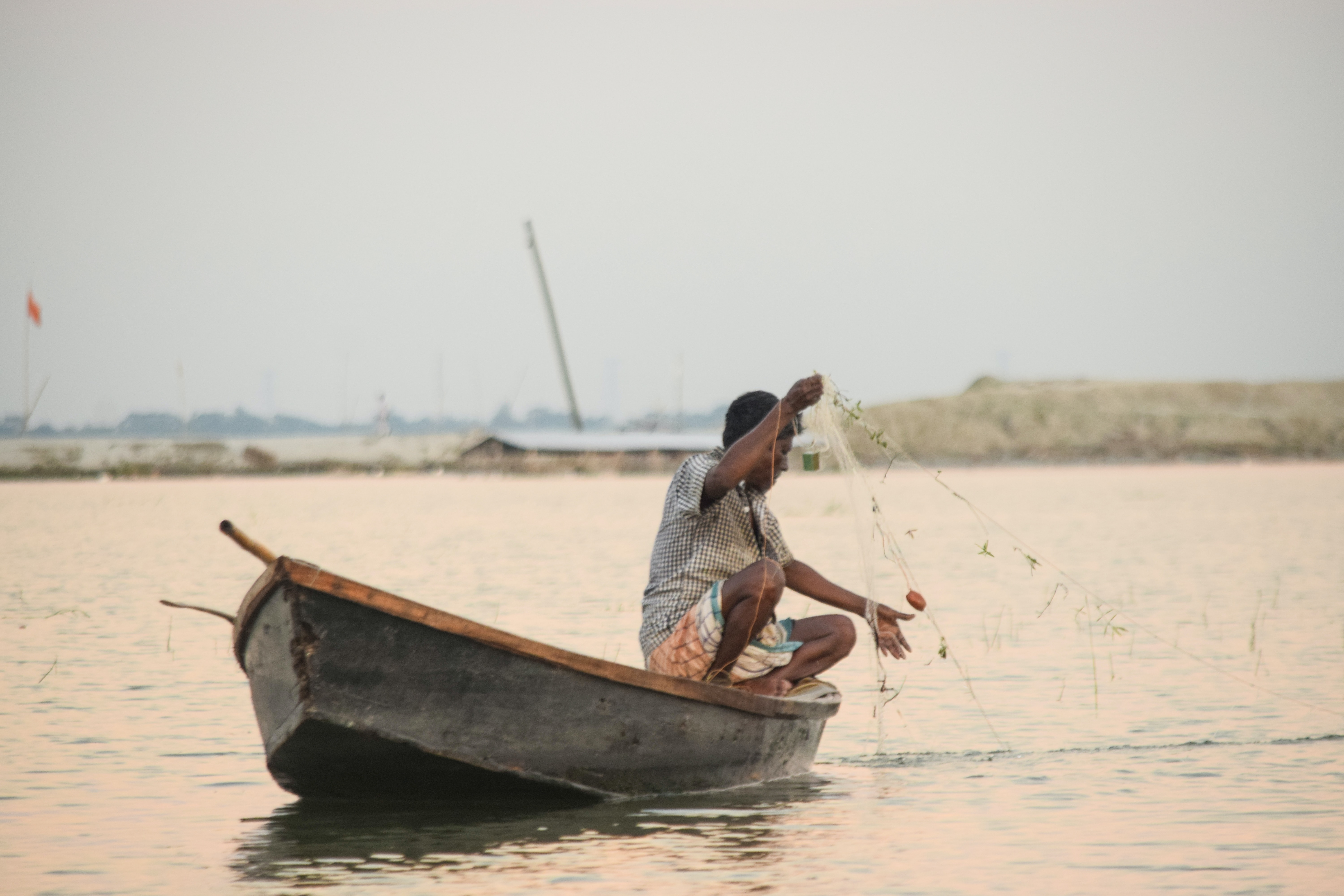 Since 2018, Professor Dr. Petra Schneider of Hochschule Magdeburg-Stendal University of Applied Sciences, Germany, and Dr. Mohammad Mozumder from the University of Helsinki, Finland, have been leading a significant international collaboration focused on the sustainable management of small-scale fisheries in Bangladesh.
Since 2018, Professor Dr. Petra Schneider of Hochschule Magdeburg-Stendal University of Applied Sciences, Germany, and Dr. Mohammad Mozumder from the University of Helsinki, Finland, have been leading a significant international collaboration focused on the sustainable management of small-scale fisheries in Bangladesh.
How do socio-economic and ecological factors interact to shape the sustainability of small-scale fisheries in Bangladesh? What effective strategies and frameworks are required to govern and enhance Bangladesh's coastal and marine ecosystem resilience?
Photo by Ashraful Haque Akash on Unsplash
Completed projects
DryRivers
DryRivers
Goals, requirements, strategies and tools for sustainable low water risk management
(2022-2025, project management Prof. Bachmann, AG Engineering Ecology contributes in the thematic field of socio-economics)
How can an instrument look like that supports authorities in low water risk management and takes water management, socio-economic and ecological aspects equally into account?
UGI-Plan
UGI-Plan
Valorisation of ecosystem services of urban horticulture as part of urban green infrastructure in municipal development planning (2022-2024)
How should a GIS-based software be designed as a tool for municipal planning to quantify urban ecosystem services such as urban horticulture?
GipsRec 2.0
GipsRec 2.0
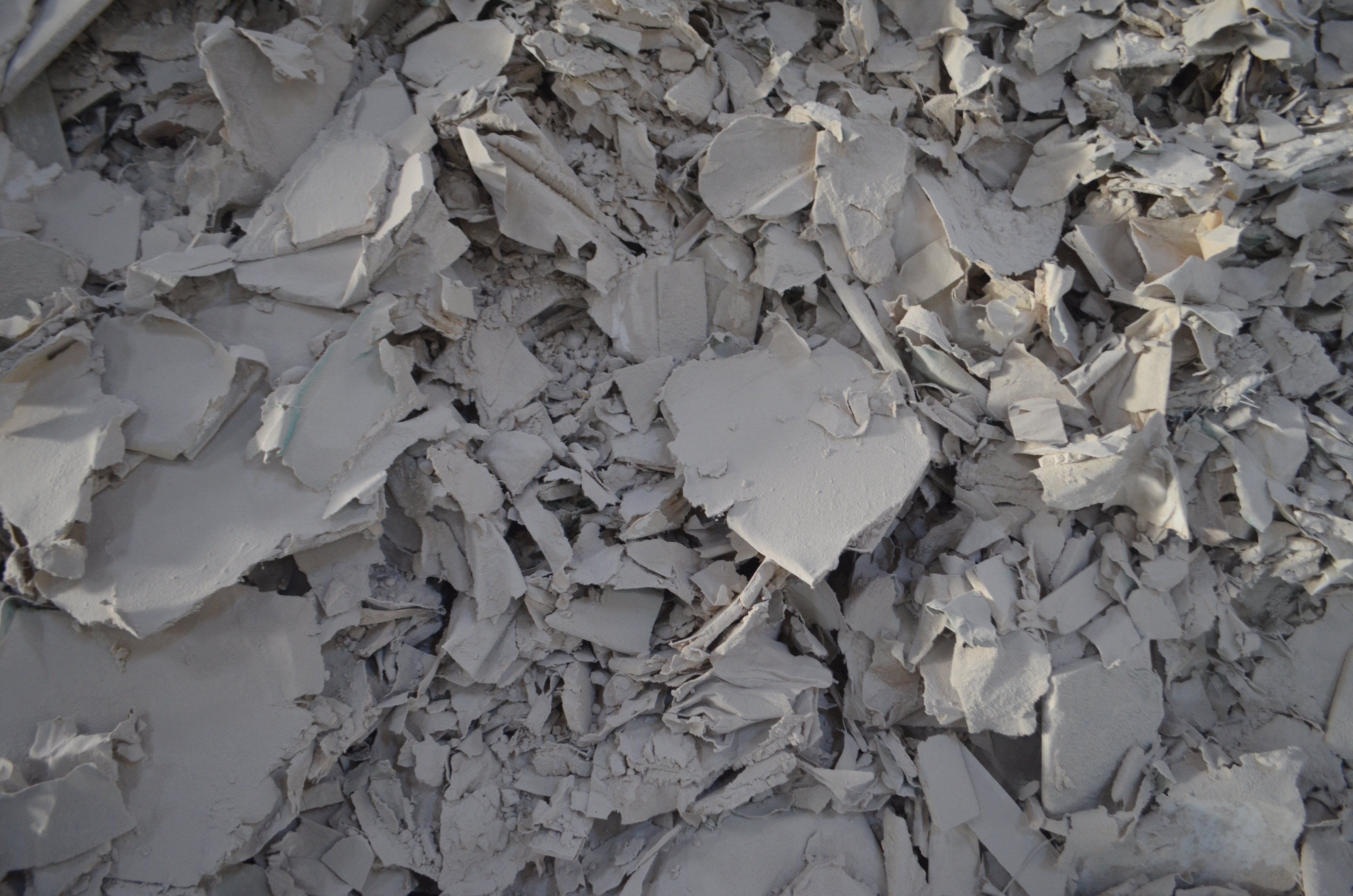
(2023-2024: Supporting technical contribution to the evaluation of the experiments by Prof. Dr. Petra Schneider)
How can high-quality gypsum be recovered from used gypsum fiber boards for reuse on a large scale in a technically and economically viable manner? Is the developed process suitable for significantly covering the demand for gypsum in view of the loss of FGD gypsum sources and closing material cycles?
KontraVital (Phase 1)
KontraVital (Phase 1)
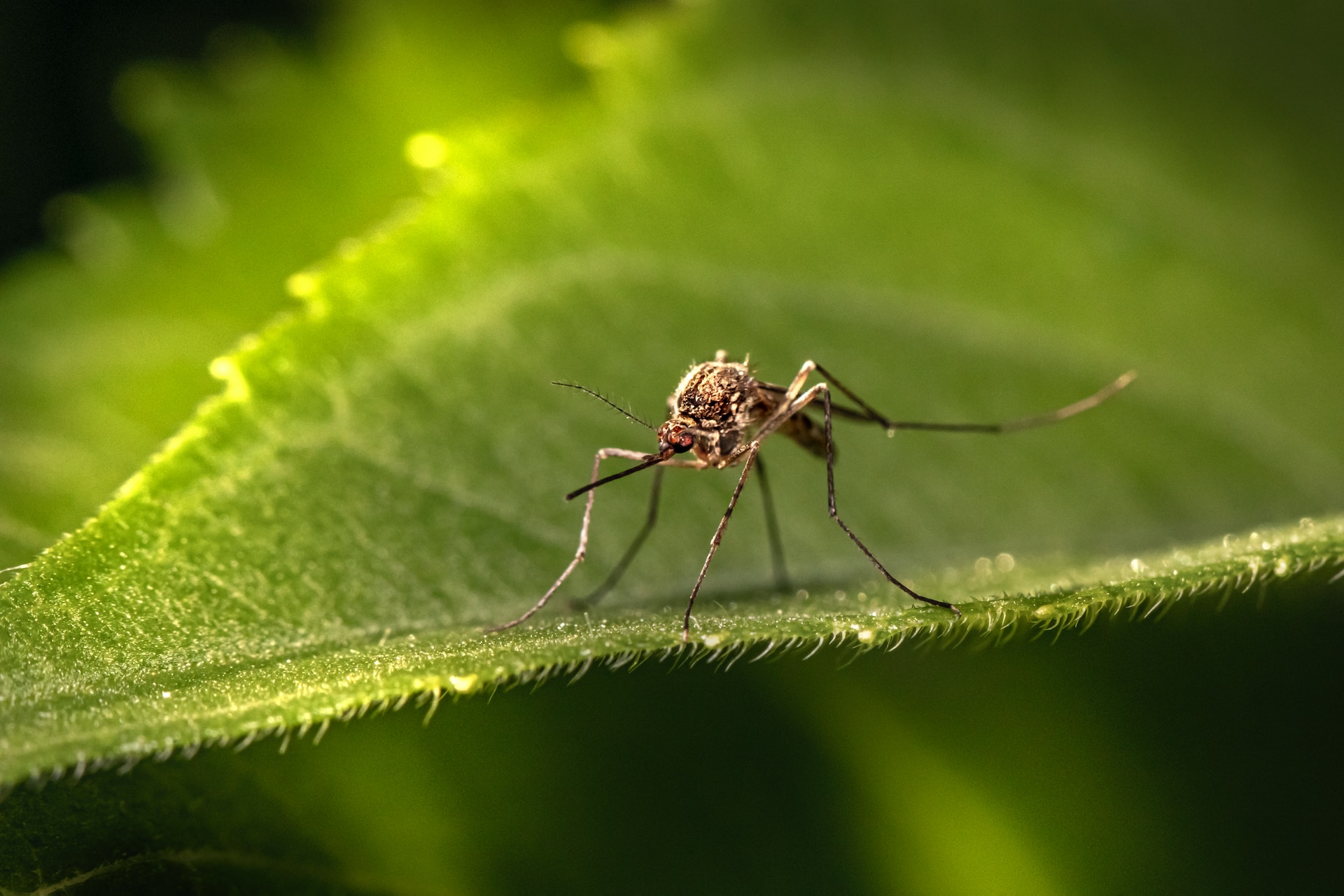 BiodivHealth: New health risks from biodiversity-related counterproductive ecosystem services in cities (KontraVital) (2023-2024)
BiodivHealth: New health risks from biodiversity-related counterproductive ecosystem services in cities (KontraVital) (2023-2024)
(in cooperation with several departments of the University of Applied Sciences Magdeburg-Stendal).
Which possible impacts of urban green infrastructure can be perceived as harmful, unpleasant or undesirable (as "ecosystem disservices")? How can both positive ecosystem services and ecosystem disservices be taken into account in the sustainable planning of urban green infrastructure?
Photo by Erik Karits on Unsplash
Recycle-BIONET
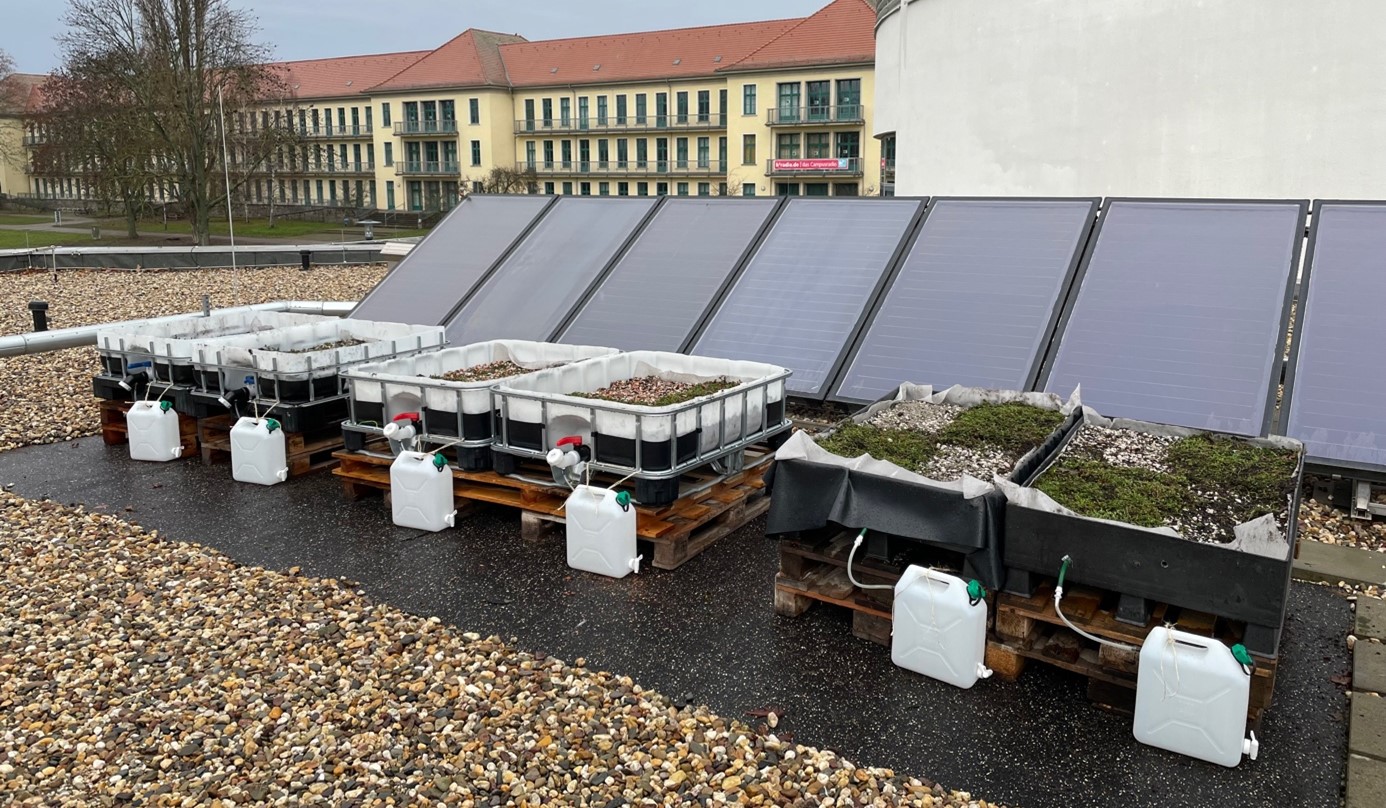 Recycle-Bionet
Recycle-Bionet
Substitute building materials in built biotope network elements of urban green infrastructure: Feasibility, life cycle assessment and ecosystem services (2022-2023)
How can mineral substitute building materials be used sustainably in Urban Green Infrastructure (UGI) structures/ construction projects?
Recycle-KBE
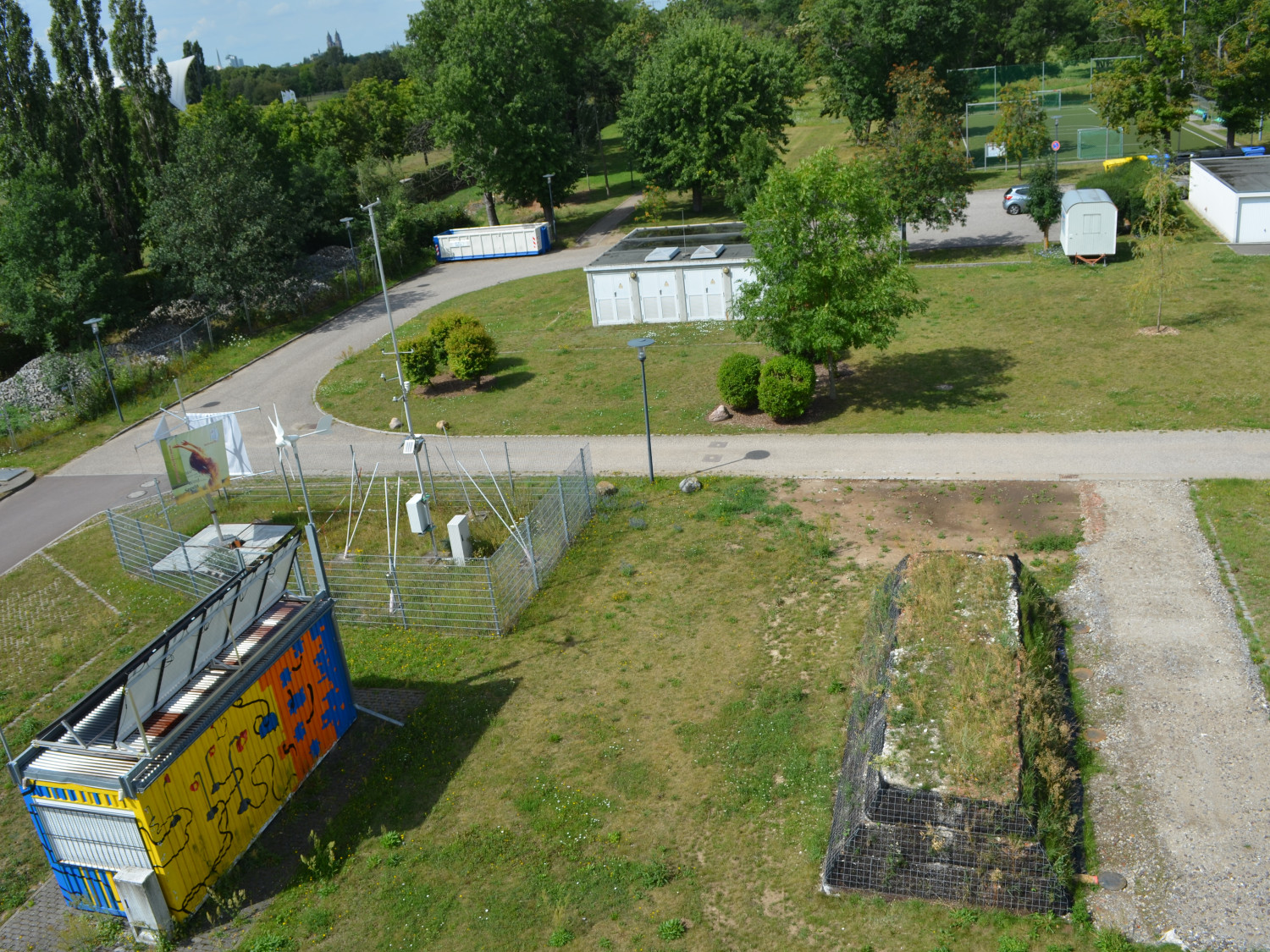 Recycle KBE
Recycle KBE
Improving sustainability and strengthening urban green infrastructure by using substitute building materials in geogrid-reinforced soil structures (2020-2021)
How can primary raw materials such as gravel, crushed stone and topsoil be sustainably replaced by substitute building materials in construction applications?
SAND!
 SAND!
SAND!
Sand Supply Alternatives and Mitigation of River Dredging Hazards in Vietnam (2019-2022)
What technological and management-based methods are suitable for reducing the environmental impact of dredging in the Mekong Delta? What substitute construction materials could be used?
TRANSPOND
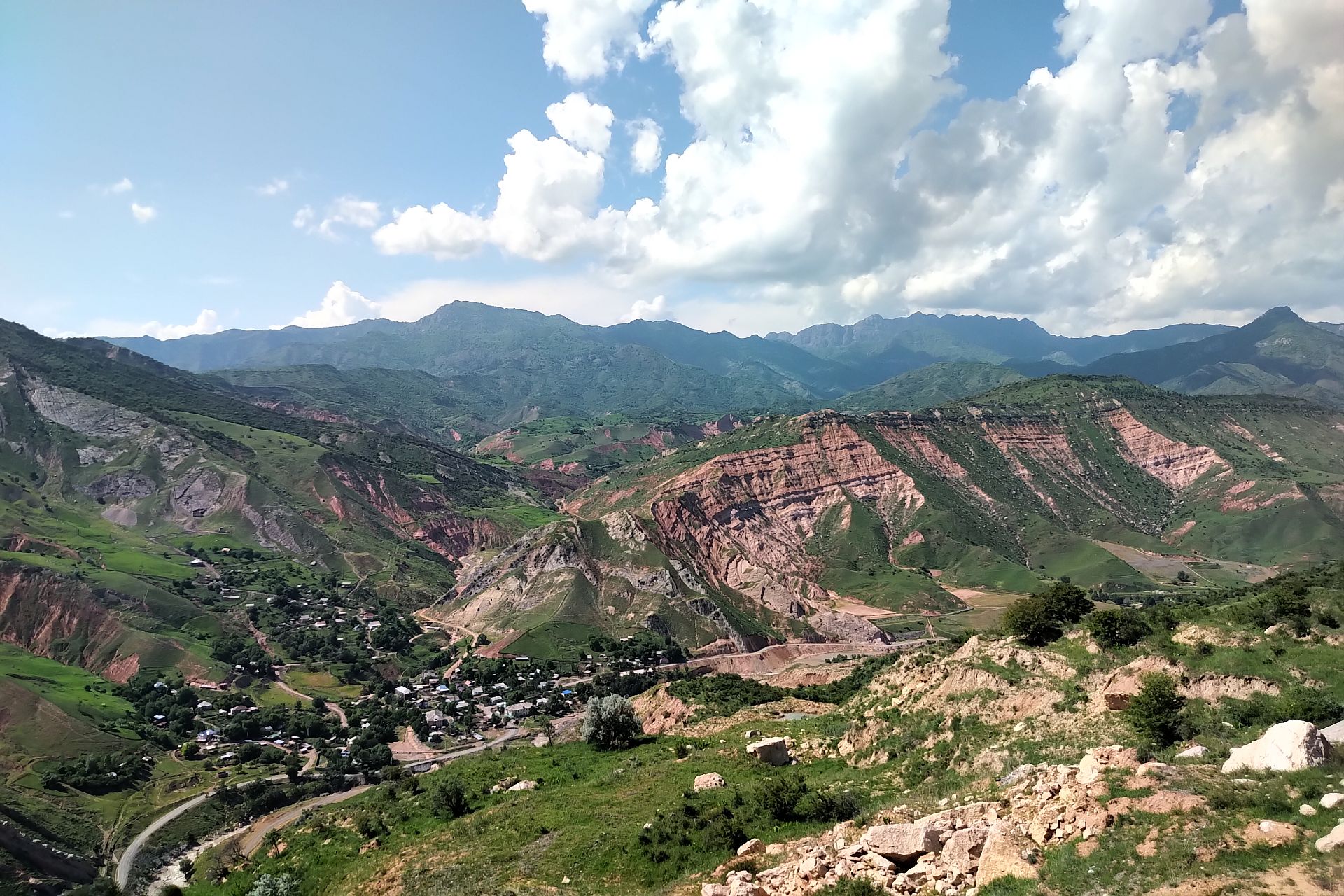 TRANSPOND
TRANSPOND
Transboundary Monitoring and Information System for Radioactive Contamination in the Event of Natural Hazards (2017-2020)
How can the discharge of radioactive mining residues be detected in time through a transnational environmental information and water management system in the Kyrgyz-Uzbek border region?
Picture: © IAF-Radioökologie
MAREX
 MAREX
MAREX
Management of Mineral Resource Extraction in Hoa Binh Province - A Contribution to Sustainable Development in Vietnam (2015 - 2019)
How can material flows in the building materials industry in Vietnam be mapped to determine their impact on the environment and the resulting land use conflicts? What technical and management solutions are available?
Long-term stability of remediated uranium mining waste rock dumps
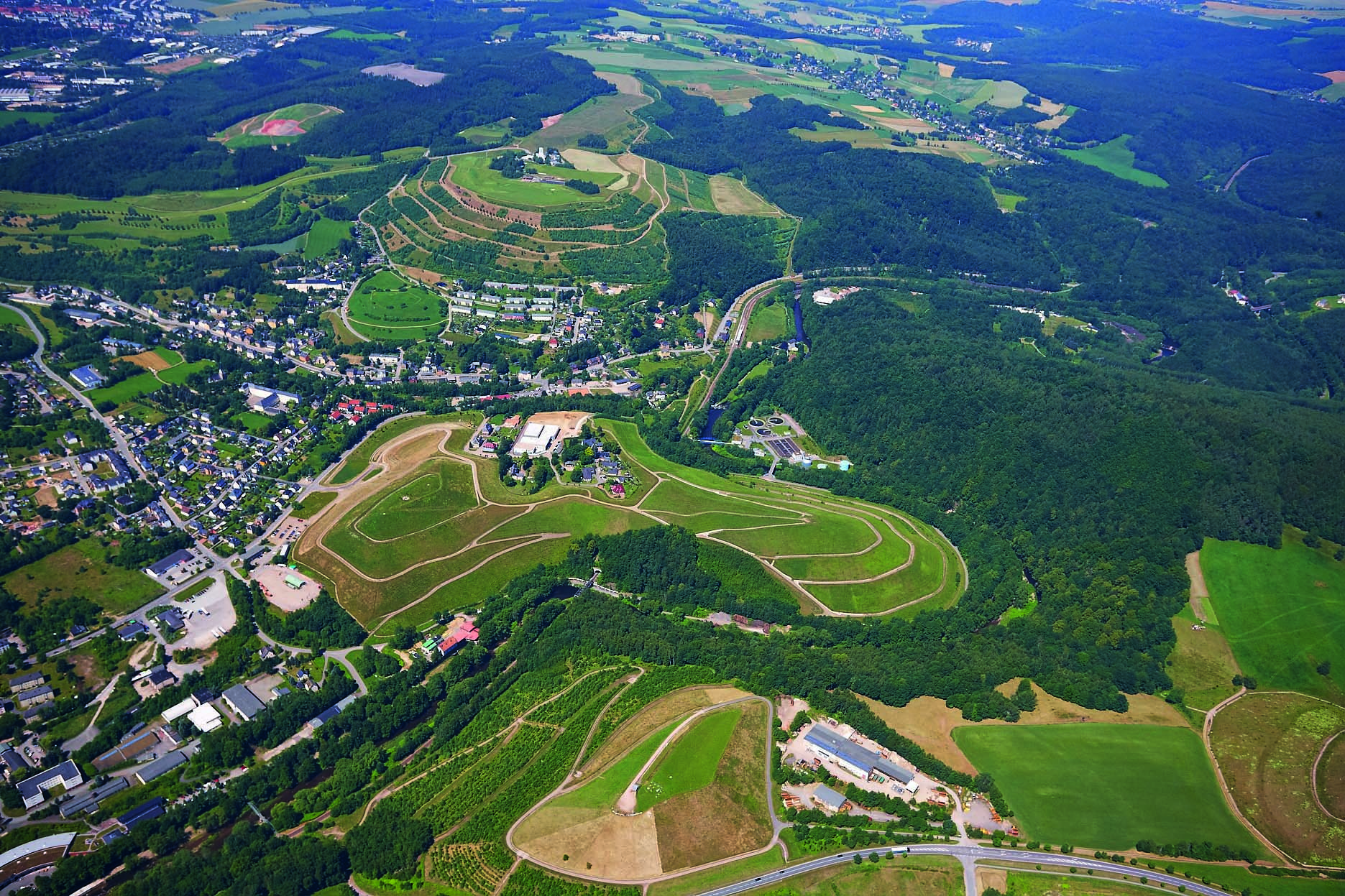 Long-term stability of remediated uranium mining waste rock dumps
Long-term stability of remediated uranium mining waste rock dumps
(2020-2022)
Which justified, technically and economically feasible methods are suitable for the remediation of former uranium mining dumps in Saxony?
Bild: © Wismut GmbH


